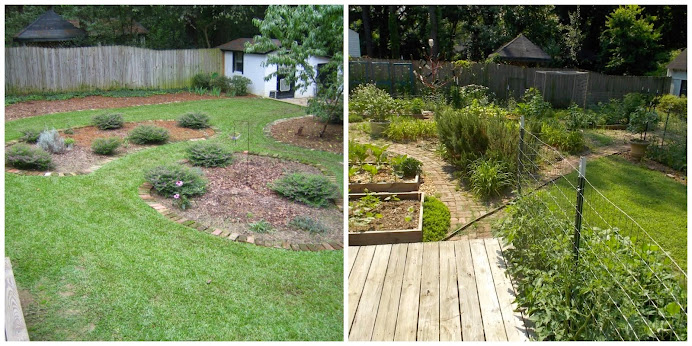In December/January, Bunny and Sophia gave us seven and eight kits respectively. I sold a few and kept one, but the rest are gracing our table.
I fell in love with Mimi and decided to keep her. She's only five months old, but isn't she a big girl already!
In March, Belinda gave me two kits. Not the best litter in the world in terms of numbers, but they sure were cuties.
Belinda's litter consisted of a buck and a doe. I sold the buck and traded the doe for this cutie patootie. She is part Silver Fox, New Zealand, and Californian, so she should be a big girl as well. I've only had her a few days, so I haven't chosen a name yet. I have some good options rolling around in my head though.

A few weeks ago, Vanilli, our super mama hen, hatched out ten chicks. This is her third year hatching eggs, and she is the best! And, I have two more broody hens sitting on six eggs each. This year should be my best one yet for putting chicken in the freezer.
We got Muscovy ducks late last year, so this is my first year of duck eggs. I was advised to let the duck eggs collect and that the ducks would know when the time is right to go broody. Well, the chickens kept trying to go broody on the duck eggs, so I thought for sure they had gotten the clock going on incubation and nothing was going to happen because they were on and off the nest. Finally Coco, my chocolate hen, decided to get in on the action and she took over. Out of 26 eggs, 13 hatched. We've lost two, so we are down to 11. I think she either stepped on them, because I saw her step on one a time or two, or our drake had something to do with their deaths. I saw him pick up one in his bill one day and shake it. I saved that one, and since then I have kept them separated. All of the ducklings are slated for processing in the fall, but things could change between now and then.
Between rabbits, chickens and ducklings, my freezer should be overflowing. I couldn't be more proud! We don't eat meat everyday, but when we do, it's with reverence, gratitude and appreciation.
As a side note, I invite you to like Bottle Tree Farm on Facebook to witness the day-to-day activities on the farm.
Happy homesteading,
Candace









